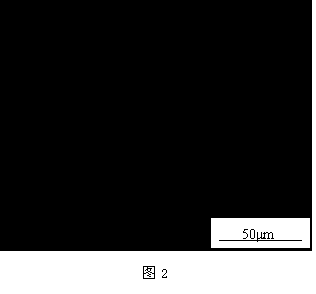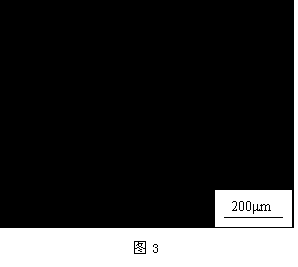Heat treatment process for allowing TC21 alloy to obtain basket-weave microstructure after superplastic deformation in two-phase region
A basket structure, TC21 technology, applied in the field of heat treatment technology, can solve the problem of difficult to obtain the basket structure, etc., to achieve the effect of excellent damage tolerance
- Summary
- Abstract
- Description
- Claims
- Application Information
AI Technical Summary
Problems solved by technology
Method used
Image
Examples
Embodiment Construction
[0030] In order to have a clearer understanding of the technical features, purposes and effects of the present invention, the specific implementation manners of the present invention will now be described with reference to the accompanying drawings.
[0031] In the present invention, the TC21 tensile sample first passes through 900°C, 3.3 × l 0 -4 / s for superplastic stretching, and take out the water cooling immediately after the tensile sample is broken.
[0032] Then, triple heat treatment is performed on the evenly deformed tensile sample after breaking. The triple heat treatment is composed of three times of heating, three times of heat preservation and three times of air cooling. The first heat treatment is selected as a solid solution in the β phase region, the purpose is to completely change the stretched structure of TC21, so that it becomes a β phase and a β transformation structure, so the temperature of the first heat treatment is taken in the quasi-β phase region...
PUM
 Login to View More
Login to View More Abstract
Description
Claims
Application Information
 Login to View More
Login to View More - R&D
- Intellectual Property
- Life Sciences
- Materials
- Tech Scout
- Unparalleled Data Quality
- Higher Quality Content
- 60% Fewer Hallucinations
Browse by: Latest US Patents, China's latest patents, Technical Efficacy Thesaurus, Application Domain, Technology Topic, Popular Technical Reports.
© 2025 PatSnap. All rights reserved.Legal|Privacy policy|Modern Slavery Act Transparency Statement|Sitemap|About US| Contact US: help@patsnap.com



